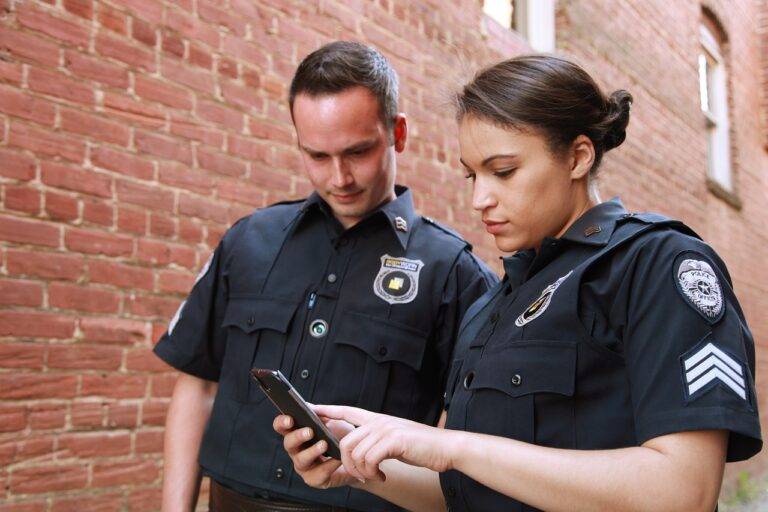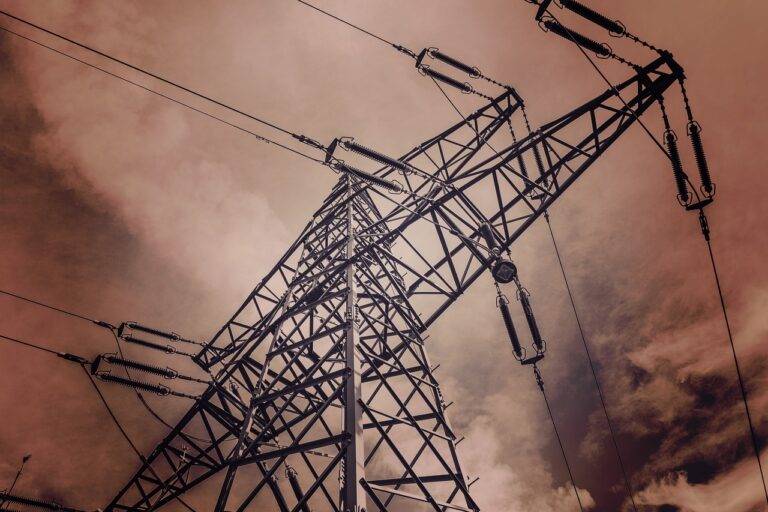The Role of Tech in Wildlife Monitoring and Conservation
Wildlife monitoring and conservation efforts face numerous hurdles in today’s rapidly changing world. One significant challenge is the vast geographical range that many species occupy, making it difficult to track and protect them effectively. This issue is compounded by the limited resources and funding available for conservation projects, hindering the implementation of comprehensive monitoring strategies.
Additionally, factors such as habitat destruction, climate change, and illegal poaching further threaten the survival of numerous wildlife species around the globe. As environmental conditions continue to evolve, the need for innovative and adaptive conservation measures becomes increasingly urgent. Without addressing these challenges head-on, the delicate balance of ecosystems and biodiversity is at risk of irreparable damage.
Advancements in Technology for Tracking Wildlife
Advancements in technology have revolutionized the way wildlife is tracked and monitored. With the introduction of GPS collars and tags, researchers can now collect precise data on animal movements and behaviors in real-time. This technology provides insights that were previously unattainable, helping conservationists develop more effective strategies for protecting endangered species and their habitats.
Remote sensing tools, such as satellite imagery and camera traps, have also significantly enhanced wildlife monitoring efforts. These tools allow researchers to monitor vast areas and capture invaluable information without disturbing the animals. By utilizing these advancements in tracking technology, conservationists are better equipped to make informed decisions and implement targeted conservation actions to safeguard vulnerable species and ecosystems.
• GPS collars and tags provide precise data on animal movements and behaviors in real-time
• Remote sensing tools like satellite imagery and camera traps allow monitoring of vast areas without disturbing animals
• Technology advancements help conservationists develop more effective strategies for protecting endangered species
• Real-time data collection helps in implementing targeted conservation actions to safeguard vulnerable species
Use of Drones in Wildlife Monitoring
Unmanned aerial vehicles, commonly known as drones, have revolutionized the way wildlife is monitored and studied. With their ability to access remote or difficult terrain, drones offer a non-invasive method of observing wildlife behavior and population dynamics. They provide researchers with a cost-effective and efficient way to collect data without causing disturbance to the animals being studied.
Drones equipped with various sensors and cameras can capture high-resolution images and videos, enabling researchers to monitor wildlife populations in real-time and track their movements. This technology has proven to be particularly valuable in the conservation of endangered species, as it allows for the identification of critical habitats and the monitoring of poaching activities. By utilizing drones in wildlife monitoring, researchers can gather invaluable data that can inform conservation efforts and help protect vulnerable species from threats.
What are some challenges faced in wildlife monitoring and conservation?
Some challenges include the vast and remote habitats of many wildlife species, limited resources for monitoring, and the need for non-invasive monitoring techniques.
How has technology advanced for tracking wildlife in recent years?
Technology has advanced with the development of GPS tracking devices, camera traps, and satellite imagery, allowing researchers to gather more accurate and detailed data on wildlife movement and behavior.
How are drones being used in wildlife monitoring?
Drones are being used to survey large areas of habitat, track wildlife populations, monitor animal behavior, and even detect illegal activities such as poaching. They provide a cost-effective and non-invasive way to gather data on wildlife.
What are the benefits of using drones in wildlife monitoring?
Drones can cover large areas quickly and efficiently, providing researchers with real-time data on wildlife populations and habitats. They also reduce the need for human intervention in the field, minimizing disturbances to wildlife.





